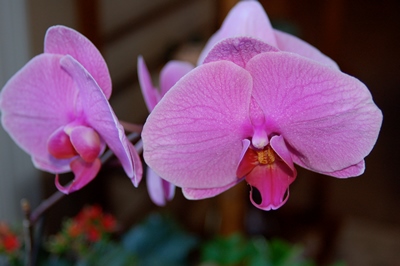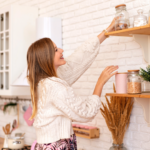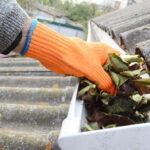Top 10 ways to kill a houseplant
Thanks to the University of Maryland / Maryland Grows this informative article about how to kill a houseplant.

It’s easy to kill a houseplant.
No matter how green his or her thumb, every gardener has a sad tale about the orchid that expired, the pothos that went to pot, or the weeping fig that dropped every blessed leaf.
You can gnash your teeth, rend your garments and fume. Or you can get busy and figure out what went wrong.
Houseplants fail for a handful of reasons. Here are my top ten:
Overwatering
The number one killer of houseplants is overwatering. Roots need both water and air to thrive. Waterlogged soil chokes roots.
Most plants like to dry out between each watering. Stick your finger in the soil. If it feels dry, water until the water runs out the bottom of the pot. Let the water drain and dump the excess.
Water needs vary. Cacti like it dry. African violets like moist soil. Find out what your plant needs and give it just that.
Improper drainage
Poor drainage also causes roots to rot. So, make sure every pot has a drainage hole.
Low humidity
Our winter homes are dry, dry, dry. When the heat comes on, humidity takes a nosedive.
Set plants that need higher humidity – like orchids – on a tray of pebbles with a bit of water. Mist humidity-loving plants such as ferns once a week. Or get chummy and shower with them.
Low light
Too much or too little light is tough on houseplants. Read the tags and do some research in books or online to find out what your plants prefer.
Sun-worshipping orchids need strong light while dracaenas are happy in lower light. Place each plant where it will get what it needs.
Drafts
Oh, how houseplants hate a burst of cold air or a blast of heat. So keep them away from doors, fireplaces, radiators, vents, or chilly windows.
Overfertilizing
Indoor plants don’t photosynthesize at the same rate as outdoor plants, so they need less fertilizer. In winter, fertilize at half the suggested strength or not at all.
Ignore pests
Bugs hitchhike on houseplants that summered outdoors. Be vigilant and deal with pest problems swiftly.
Look for spider mites’ webs, sticky leaves from aphids or leaf bumps that are scale. Contact your local Extension office for an ID or fix or contact the Ask Extension experts.
Shock
If your houseplant is happy, don’t move it. Most plants resent a change of scenery. Drama queens like ficus weep copious leaves with even the slightest change.
Pot-bound
Roots too small for a pot circle madly, strangling houseplants. If you notice roots circling or peeking out of the bottom of the pot, it’s time to repot.
Therefore, choose a pot an inch or two bigger than your existing pot and repot with fresh soil in the spring.
The wrong soil
A light soilless potting mix is good for most houseplants. In other words, garden soil is a no-no, too heavy to drain well.
Some plants need specific blends. Cacti like a sandy mix while orchids need a special chunky orchid potting mix. Do your research.
In conclusion, stop killing houseplants. Avoid the dreaded top 10. Your plants will love you for it and reward you with years of health and beauty.
By Annette Cormany, Principal Agent Associate and Master Gardener Coordinator, Washington County, University of Maryland Extension. This article was previously published by Herald-Mail Media. Read more by Annette.
Looking to buy or sell your home, contact Gigi today. Oh by the way I’m never too busy for any of your referrals!








Recent Comments